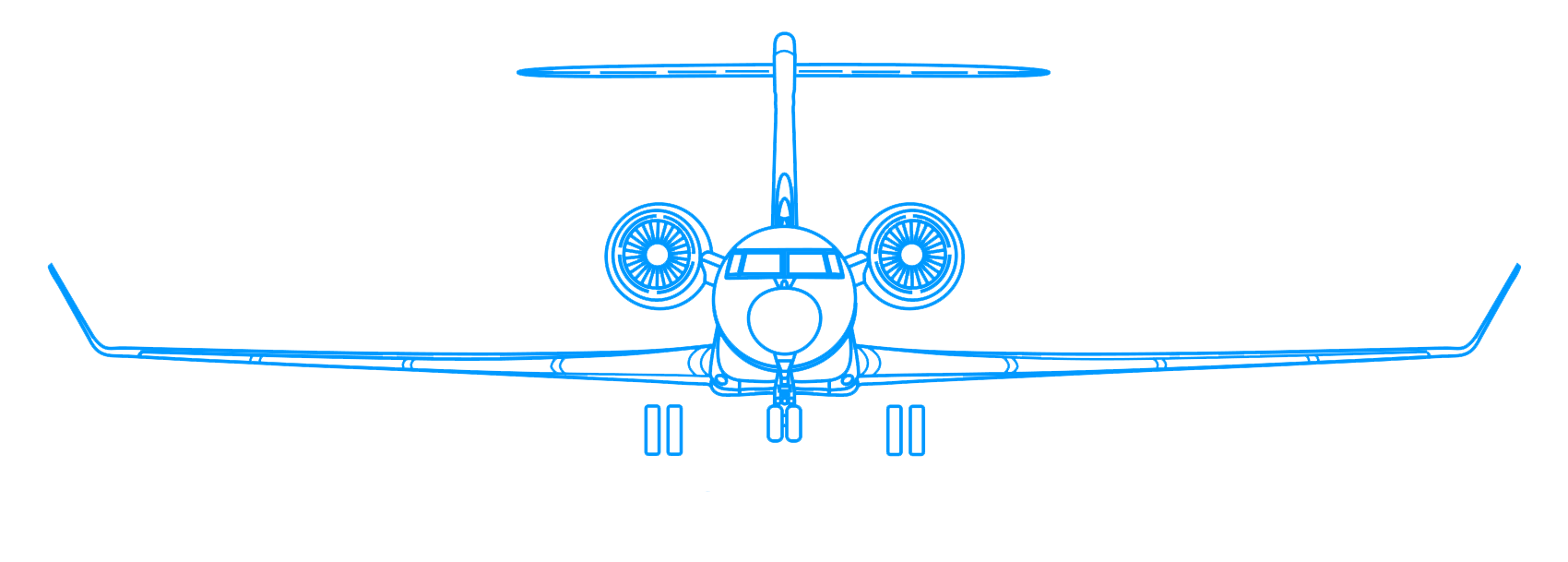I once had an international operations instructor screaming at me at the top of her lungs when I asked "where are we?" in response to her question about weather deviation procedures. Lost on many is that if you are in radar contact and talking to an air traffic controller, you should state your intentions and start from there. If you are not in radar contact and your only means of communication is via an ARINC radio operator or CPDLC, well then things change.
— James Albright

Updated:
2020-11-05
Most of these procedures are given in ICAO Doc 4444 §15.2, and are repeated below.
The basic concepts for contingencies are described in Special Procedures for In-flight Contingencies in Oceanic Airspace.
2 — Actions to be taken when controller-pilot communications are established
3 — Actions to be taken if a revised ATC clearance cannot be obtained

1
General
Note.— The following procedures are intended for deviations around adverse meteorological conditions.
15.2.4.1.1 When weather deviation is required, the pilot should initiate communications with ATC via voice or CPDLC; rapid response may be obtained by either:
a) stating "WEATHER DEVIATION REQUIRED" to indicate that priority is desired on the frequency and for ATC response; or
b) requesting a weather deviation using a CPDLC lateral downlink message.
15.2.4.1.2 When necessary, the pilot should initiate the communications using the urgency call “PAN PAN” (preferably spoken three times) or by using a CPDLC urgency downlink message.
15.2.4.1.2 The pilot shall inform ATC when weather deviation is no longer required, or when a weather deviation has been completed and the aircraft has returned to its cleared route.
Source: ICAO Doc 4444 §15.2.4.1
2
Actions to be taken when controller-pilot communications are established
15.2.4.2.1 The pilot should notify ATC and request clearance to deviate from track or ATS route, advising, when possible, the extent of the deviation requested. The flight crew will use whatever means are appropriate (i.e. voice and/or CPDLC) to communicate during a weather deviation.
Note.— Pilots are advised to contact ATC as soon as possible with requests for clearance in order to provide adequate time for the request to be assessed and acted upon.
15.2.4.2.2 ATC should take one of the following actions:
- when appropriate separation can be applied, issue clearance to deviate from track; or
- if there is conflicting traffic and ATC is unable to establish appropriate separation, ATC shall:
- advise the pilot of inability to issue clearance for the requested deviation;
- advise the pilot of the conflicting traffic; and
- request the pilot's intentions.
15.2.4.2.3 The pilot should take the following actions:
- comply with the ATC clearance issued; or
- advise ATC of intentions and execute the procedures listed in 15.2.4.3.
Source: ICAO Doc 4444 §15.2.4.2
3
Actions to be taken if a revised ATC clearance cannot be obtained
Note.— The provisions of this section apply to situations where a pilot needs to exercise the authority of a pilot-in-command under the provisions of Annex 2, 2.3.1.
If the aircraft is required to deviate from track or ATS route to avoid adverse meteorological conditions and prior clearance cannot be obtained, an ATC clearance shall be obtained at the earliest possible time. Until an ATC clearance is received, the pilot shall take the following actions:
- if possible, deviate away from an organized track or ATS route system;
- establish communications with and alert nearby aircraft by broadcasting, at suitable intervals: aircraft identification, flight level, position (including the ATS route designator or the track code, as appropriate) and intentions, on the frequency in use and on 121.5 MHz (or, as a backup, on the inter-pilot air-to-air frequency 123.45 MHz);
- watch for conflicting traffic both visually and by reference to ACAS (if equipped);
- turn on all aircraft exterior lights (commensurate with appropriate operating limitations);
- for deviations of less than 9.3 km (5 NM) from the originally cleared track or ATS route, remain at a level assigned by ATC;
- for deviations greater than or equal to 9.3 km (5 NM) from the originally cleared track or ATS route,, when the aircraft is approximately 9.3 km (5 NM) from track, initiate a level change in accordance with Table 15-1;
- if the pilot receives clearance to deviate from cleared track or ATS route for a specified distance and, subsequently, requests, but cannot obtain a clearance to deviate beyond that distance, the pilot should apply an altitude offset in accordance with Table 15-1 before deviating beyond the cleared distance;
- when returning to track or ATS route, be at its assigned flight level when the aircraft is within approximately 9.3 km (5 NM) of the centre line; and
- if contact was not established prior to deviating, continue to attempt to contact ATC to obtain a clearance. If contact was established, continue to keep ATC advised of intentions and obtain essential traffic information.
Note.— If, as a result of actions taken under the provisions of 15.2.4.3.1, the pilot determines that there is another aircraft at or near the same flight level with which a conflict may occur, then the pilot is expected to adjust the path of the aircraft, as necessary, to avoid conflict.
Table 15-1
| Originally cleared track or ATS route centre line | Deviations ≥9.3 km (5.0 NM) |
Level change |
| EAST (000°-179° magnetic) |
LEFT RIGHT |
DESCEND 90 m (300 ft) CLIMB 90 m (300 ft) |
| WEST (180°-359° magnetic) |
LEFT RIGHT |
CLIMB 90 m (300 ft) DESCEND 90 m (300 ft) |
Source: ICAO Doc 4444 §15.2.4.3
References
(Source material)
ICAO Doc 4444 - Air Traffic Management, 16th Edition, Procedures for Air Navigation Services, International Civil Aviation Organization, October 2016
ICAO Doc 4444 - Air Traffic Management, 16th Edition, Amendment 9, Procedures for Air Navigation Services, International Civil Aviation Organization, November 5, 2020